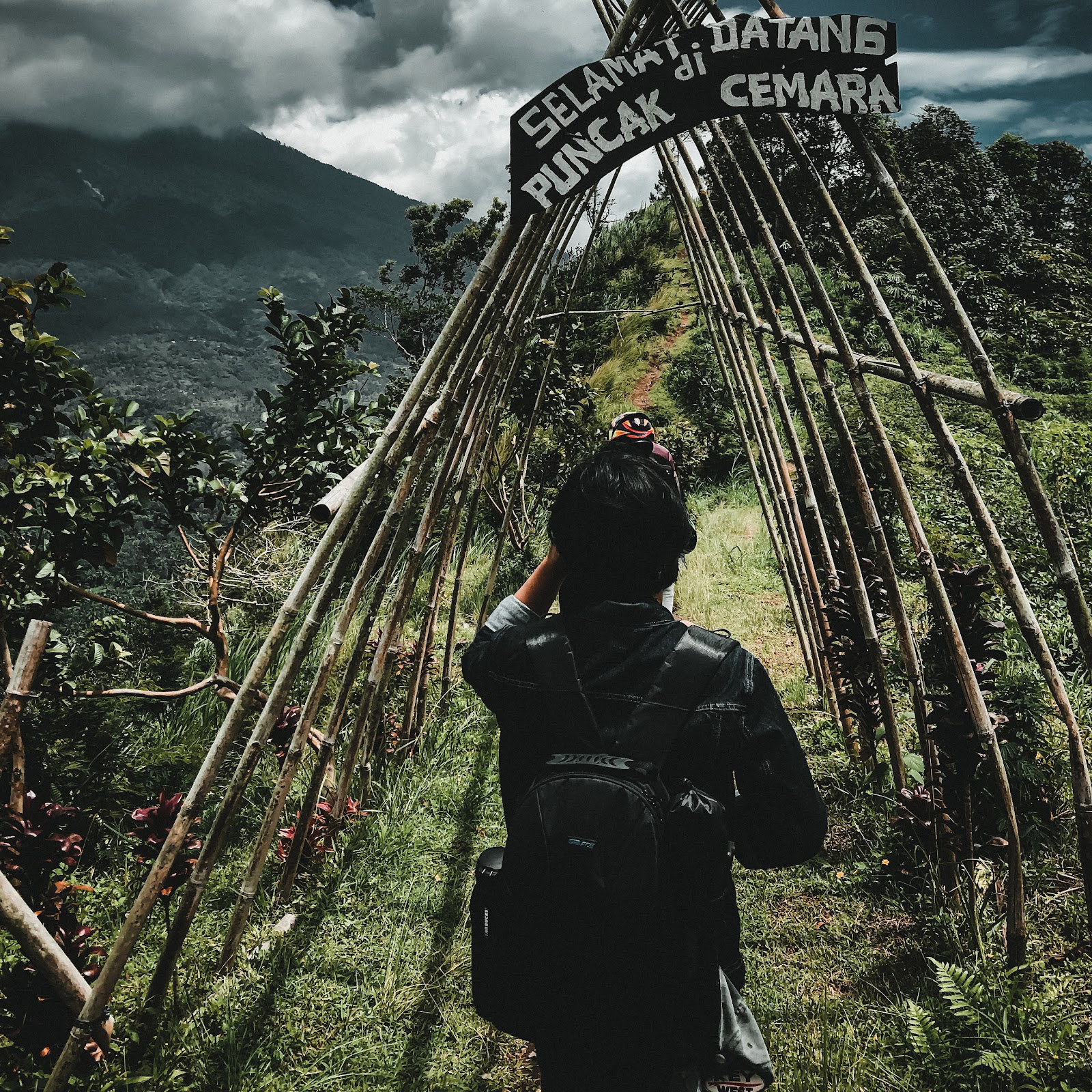The city of Rijeka is a unique cosmopolitan city with a very turbulent history, especially during the 20th century. For instance, Rijeka was ruled by eight different countries between 1918 and 1991, so theoretically, a citizen of Rijeka born in 1917 could have had eight different passports without ever leaving the city limits. Such rapid changes of events led to a strong local identity for the city.
Rijeka is a major Croatian port, in the very heart of Kvarner Gulf. Because of its location, Rijeka is a crossroads of land and sea routes, connected with the rest of the world by air, bus, train and ship lines. Despite often being described as a predominantly industrial and port city, Rijeka is an interesting city with beautiful architecture of mostly secession style, a good choice of museums and quality night-life.
In the beginning of the 20th century, Rijeka was one of the main European ports and had a weekly passenger service to and from New York. The famous ship Carpathia, which saved most of the survivors from the Titanic, was heading from New York to Rijeka, and most of the crew on the ship was Croatian. Thanks to that, one of life-belts from the Titanic is preserved in the Rijeka Naval Museum.
Rijeka was also the first proto-fascist state in the world (elaborately described in the film "Fiume City State: Free Love, Drugs and Proto Fascism", available on YouTube), before Mussolini's Italy or Hitler's German Reich. A mixture of fascism, anarchism and elements of futurism, dadaism and Orientalism was the basis for the constitution of Reggenza Italiana del Carnaro (Italian Regency of Kvarner), a short-lived state created in 1919, after a coup d'etat of Italian war veterans led by Gabriele D'Annunzio, often called the pioneer of fascism. To make it more awkward, this unusual state was the first international state that recognized Lenin's USSR, as well as tolerant to nudism and non-normative sexuality and gender expressions mostly thanks to Guido Keller, D'Annunzio's closest collaborator.
On the bright side, from 1920 to 1924, Rijeka was an independent neutral state. A status very similar to the later status of Gdansk provided Rijeka with independence and neutrality. The official languages in the Free State of Rijeka were Croatian, Italian and Hungarian, in order to provide maximum care for all minorities in the city.









No comments:
Post a Comment